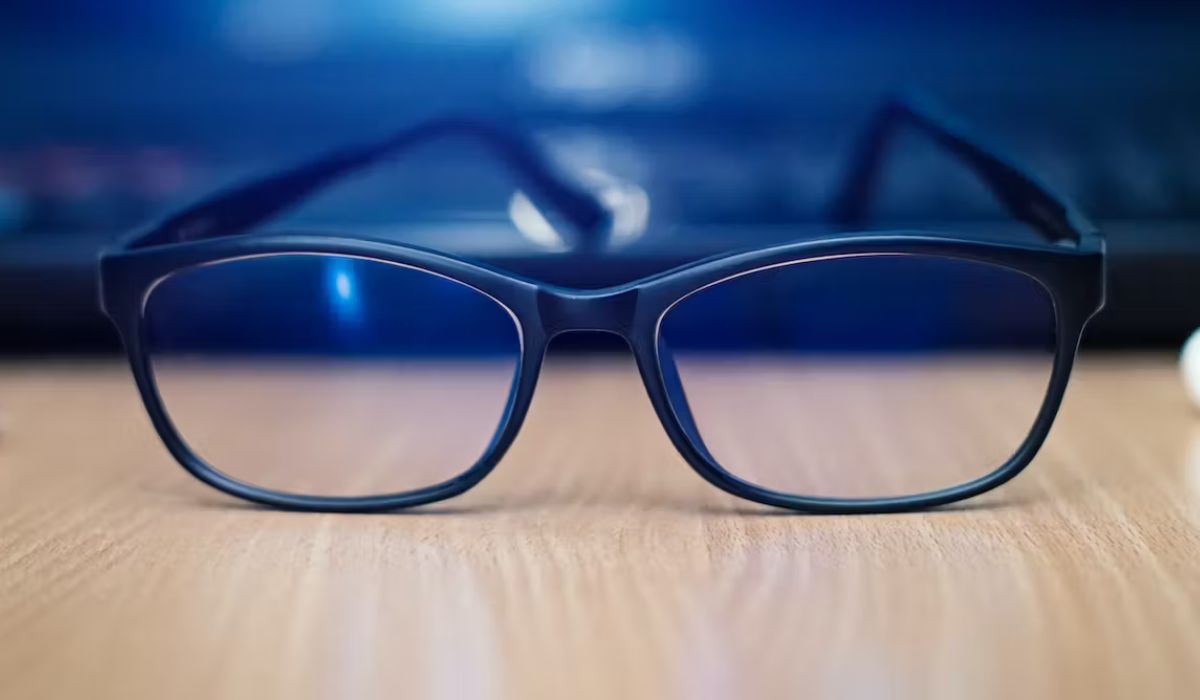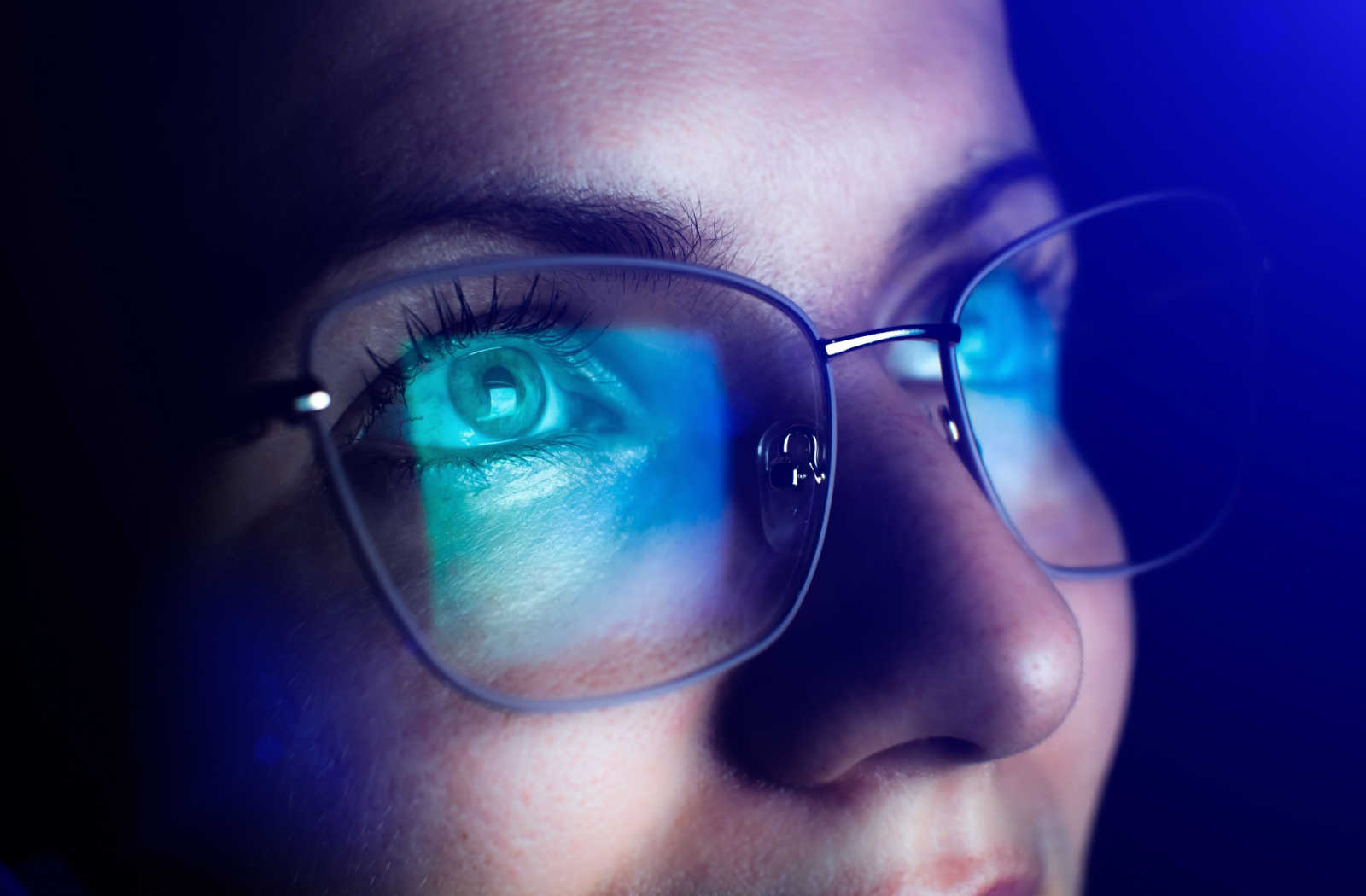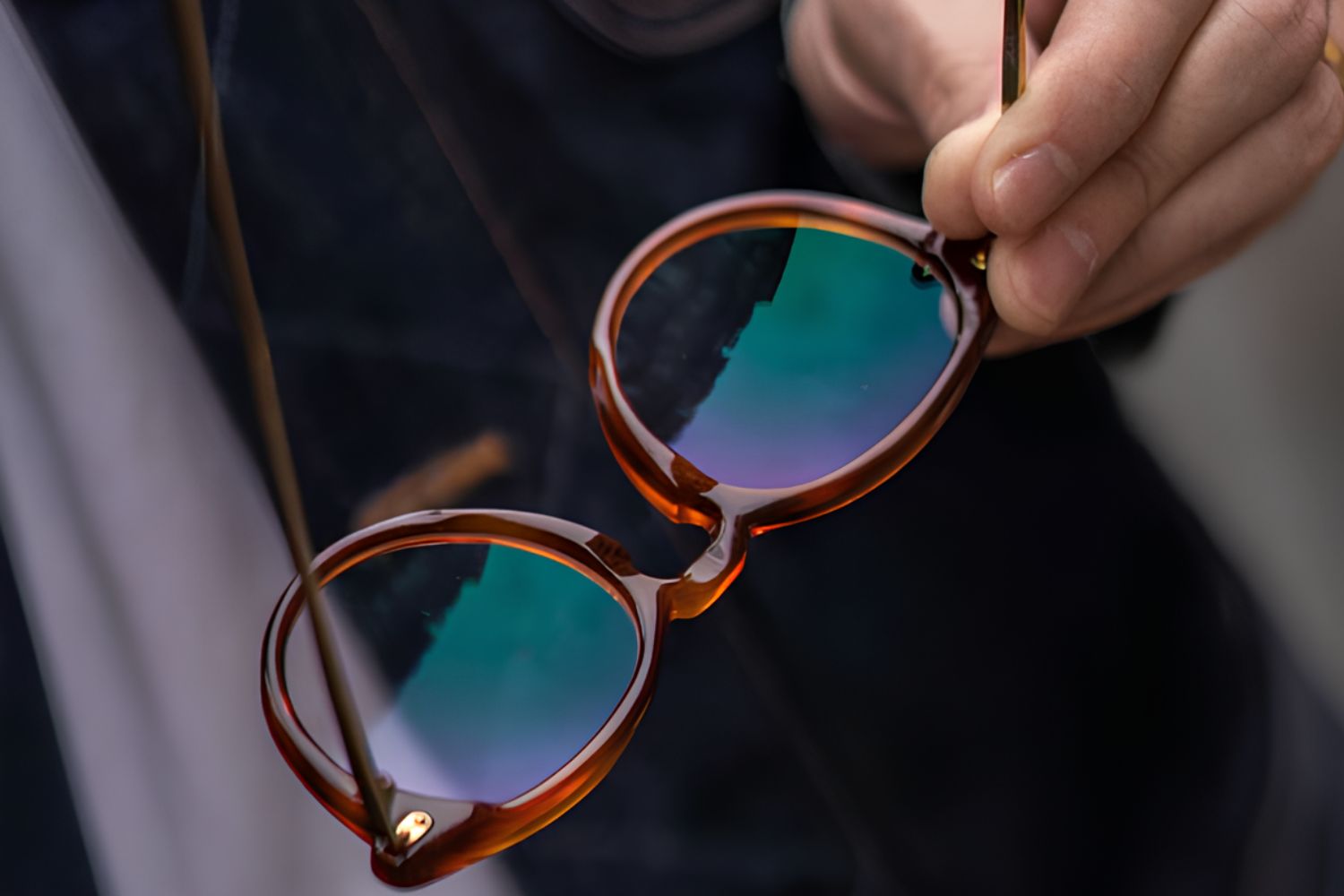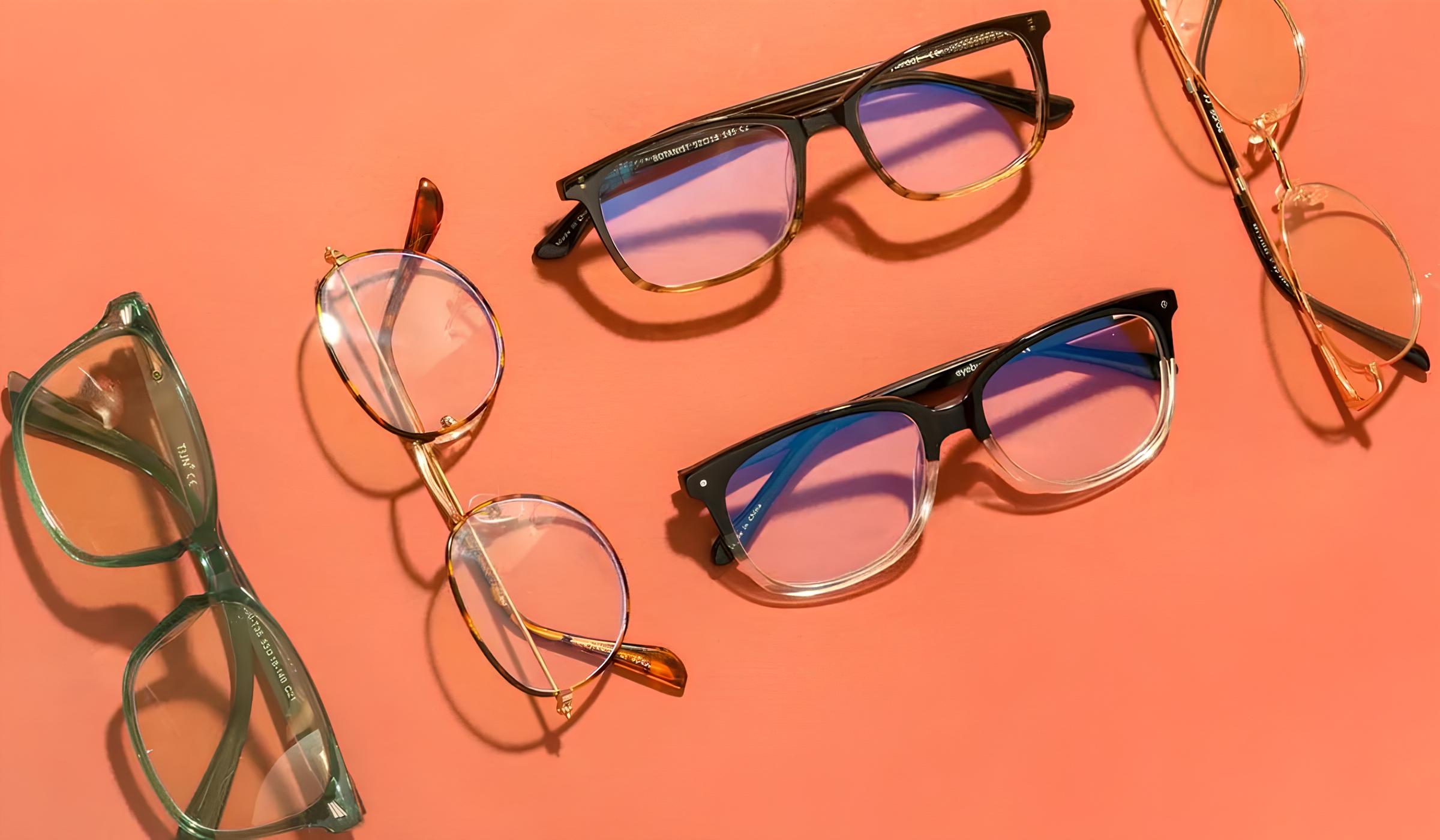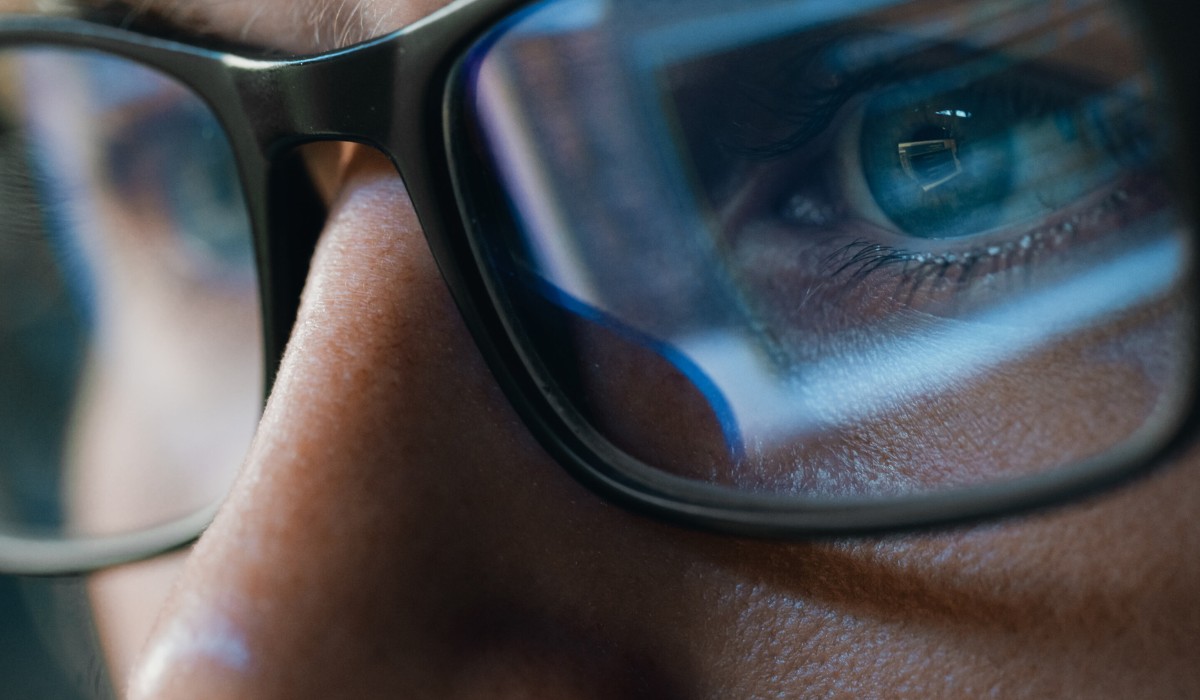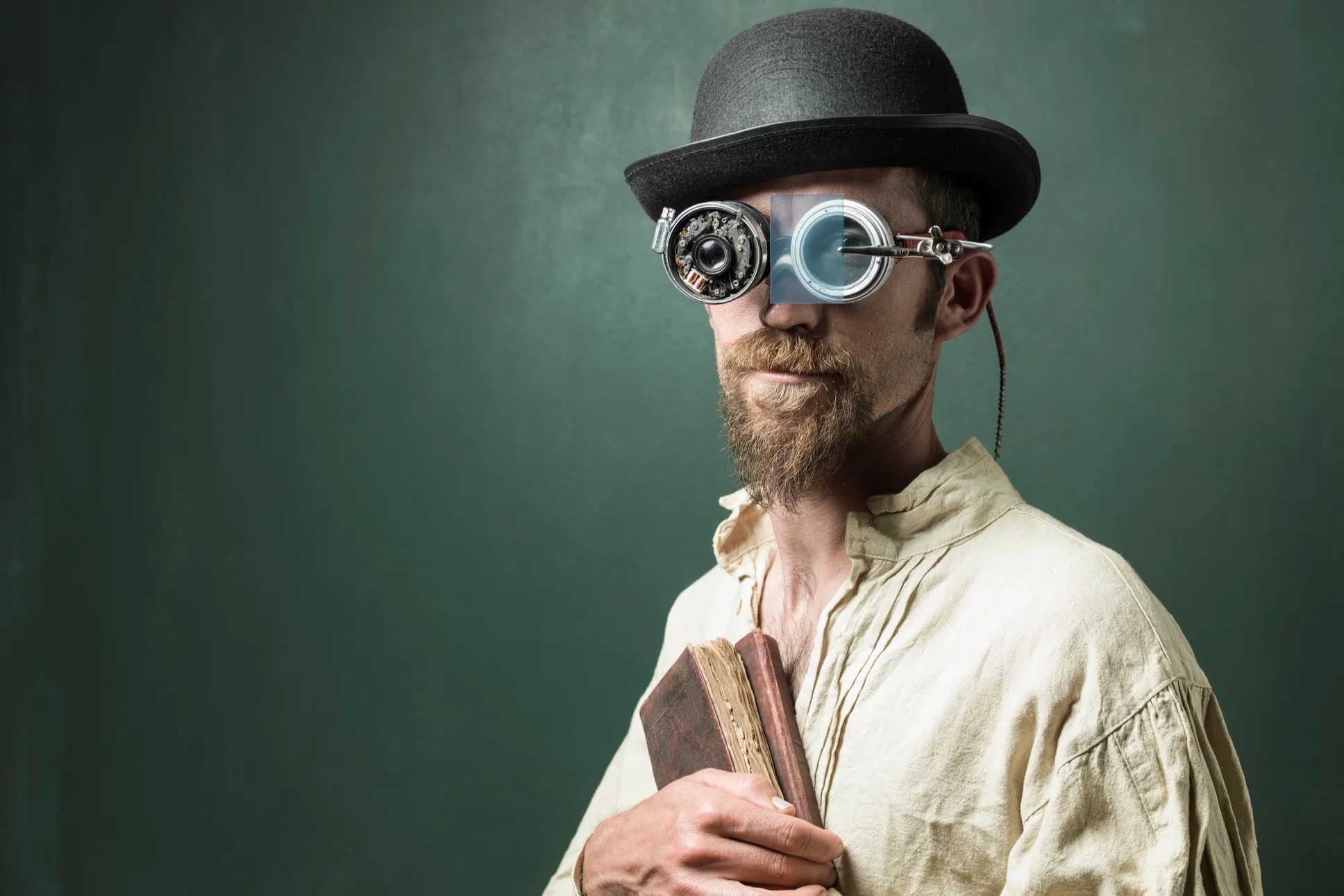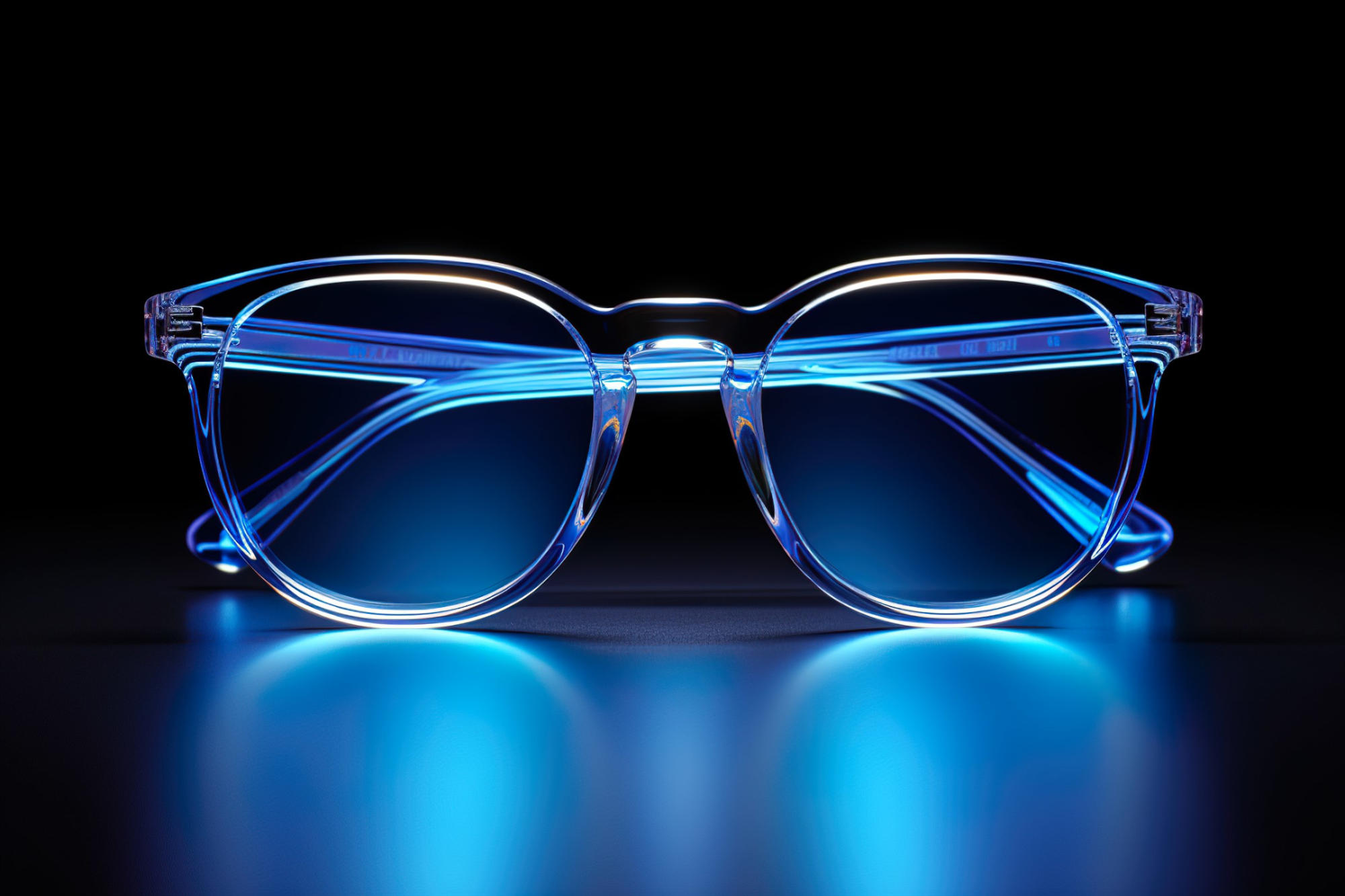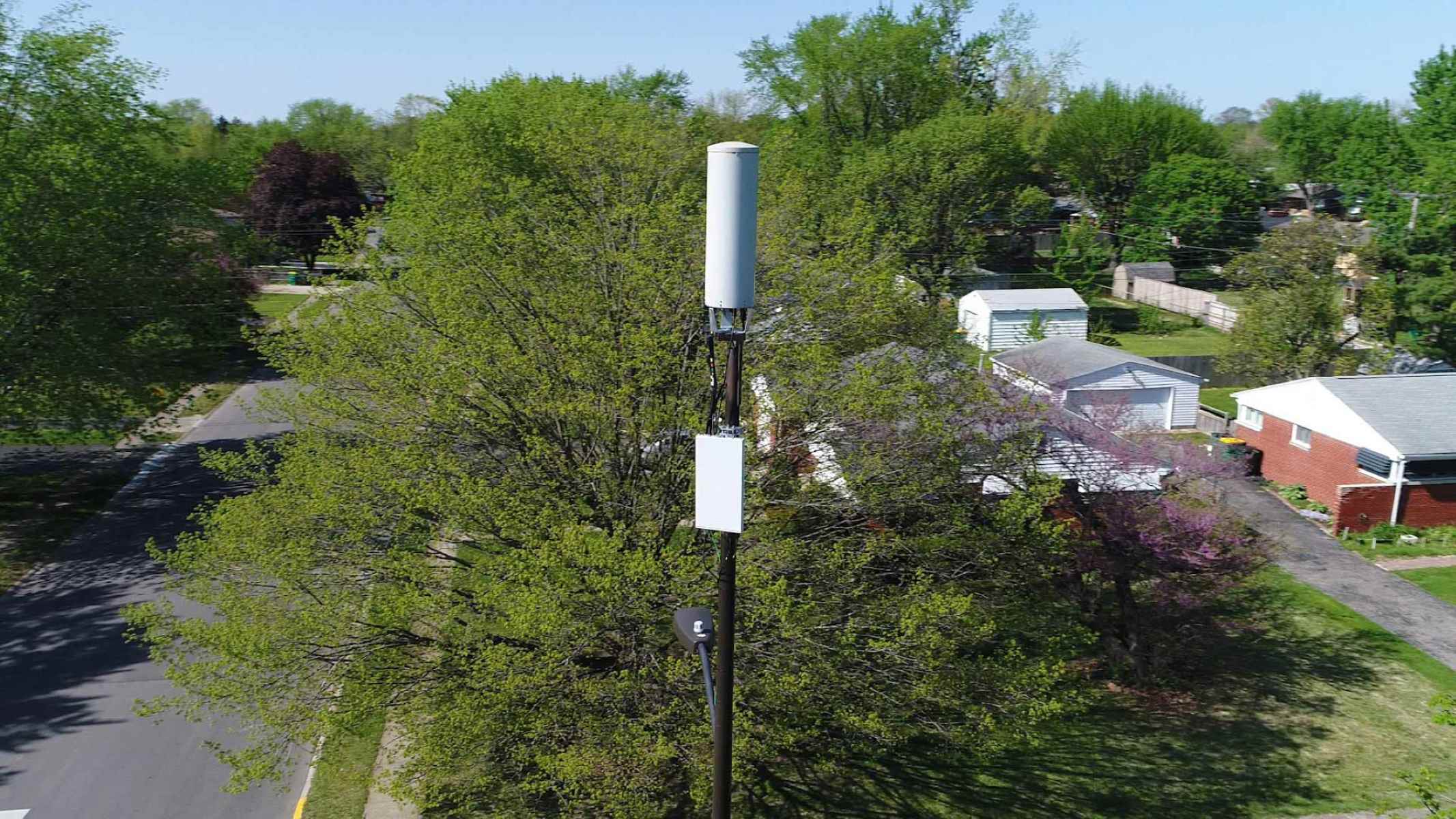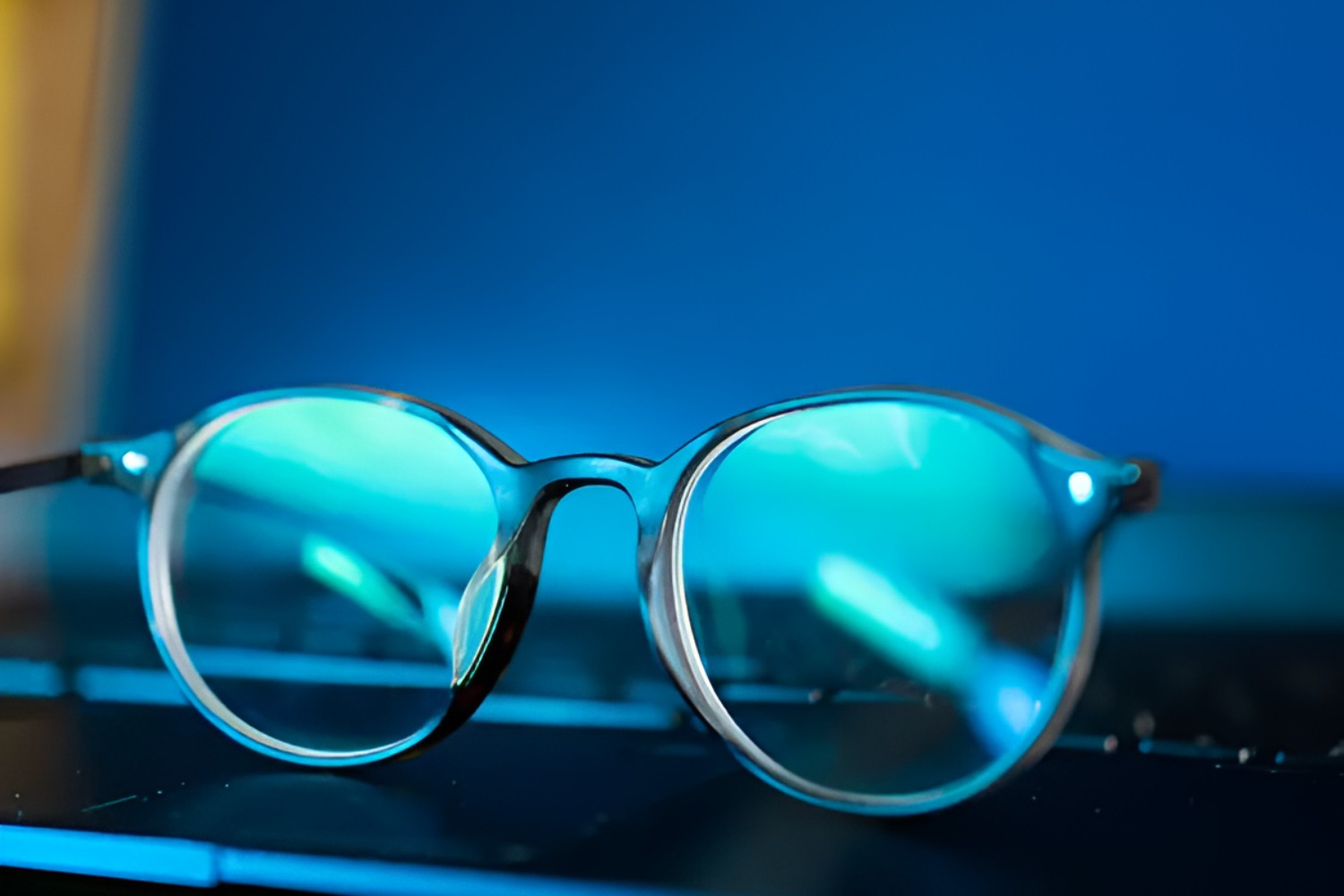Introduction
In today's digital age, our reliance on electronic devices has become an integral part of our daily lives. From smartphones and tablets to computers and televisions, we are constantly exposed to screens emitting blue light. While this technology has undoubtedly revolutionized the way we live and work, it has also raised concerns about the potential adverse effects of prolonged exposure to blue light.
Blue light, a high-energy visible (HEV) light, is part of the visible light spectrum and is known to penetrate deep into the eye. Research has indicated that excessive exposure to blue light, especially in the evening and nighttime, can disrupt our circadian rhythm and interfere with the production of melatonin, a hormone that regulates sleep. Moreover, prolonged exposure to blue light may contribute to digital eye strain, which can manifest as symptoms such as eye fatigue, dry eyes, headaches, and blurred vision.
Given these concerns, the need for effective blue light protection has become increasingly apparent. This is where the concept of blue light blockage in glasses comes into play. By incorporating specialized lenses that filter out or block a significant portion of blue light, eyewear manufacturers aim to provide users with a safeguard against the potential negative effects associated with prolonged screen time.
In this article, we will delve into the intricacies of blue light blockage in glasses, exploring its significance, the optical standards governing its effectiveness, and the ideal parameters for achieving optimal blue light protection. Understanding these aspects is crucial for individuals seeking to make informed decisions when selecting eyewear designed to mitigate the impact of blue light exposure.
As we navigate through the complexities of blue light blockage in glasses, it is essential to recognize the pivotal role that this technology plays in promoting visual comfort, protecting ocular health, and supporting overall well-being in the digital era. By shedding light on the nuances of blue light blockage, we aim to empower readers with the knowledge needed to navigate the vast landscape of eyewear options and make choices that align with their unique needs and preferences.
What is Blue Light Blockage?
Blue light blockage refers to the capacity of specialized lenses to selectively filter out or reduce the transmission of high-energy visible (HEV) blue light emitted by digital screens and other sources. These lenses are designed to mitigate the potential adverse effects associated with prolonged exposure to blue light, offering users a proactive defense against digital eye strain and other related discomforts.
The concept of blue light blockage revolves around the recognition of blue light as a significant component of the visible light spectrum, with wavelengths falling between approximately 380 and 500 nanometers. Unlike ultraviolet (UV) light, which is largely absorbed by the cornea and lens of the eye, blue light penetrates deeply into the retina. This characteristic has prompted concerns about its potential impact on ocular health and overall well-being, particularly in the context of extensive screen time and exposure to artificial lighting.
By incorporating specific materials and coatings into the lens construction, eyewear engineered for blue light blockage aims to selectively attenuate the transmission of blue light while preserving the clarity and color perception essential for visual comfort. This targeted approach allows the lenses to diminish the amount of blue light reaching the eyes, thereby reducing the strain on the visual system and minimizing the potential disruption to circadian rhythms, sleep patterns, and overall ocular health.
The effectiveness of blue light blockage is contingent on the ability of the lenses to strike a balance between attenuating harmful blue light and maintaining optimal visual acuity. Consequently, manufacturers employ advanced technologies and optical standards to ensure that the lenses provide a meaningful reduction in blue light transmission without compromising the overall visual experience. This delicate equilibrium underscores the intricate interplay between blue light protection and visual performance, with the ultimate goal of delivering eyewear that harmoniously addresses both aspects.
In essence, blue light blockage represents a proactive and tailored approach to addressing the challenges posed by modern digital lifestyles, offering users a means to mitigate the potential impact of blue light exposure on visual comfort and ocular well-being. As the demand for blue light-protective eyewear continues to rise, understanding the fundamental principles of blue light blockage is paramount for individuals seeking to make informed choices and prioritize their visual health in an increasingly screen-centric world.
Importance of Blue Light Blockage in Glasses
The importance of blue light blockage in glasses cannot be overstated in the context of today's pervasive digital landscape. As individuals increasingly rely on electronic devices for work, communication, entertainment, and various other activities, the cumulative exposure to blue light has raised significant concerns regarding its potential impact on visual comfort, ocular health, and overall well-being.
Prolonged screen time, particularly in the evening and nighttime, has been linked to disruptions in circadian rhythms and sleep patterns, primarily attributed to the influence of blue light on melatonin production. By filtering out a substantial portion of blue light, specially designed glasses can help mitigate these effects, offering users a practical means to safeguard their ocular health and minimize the risk of digital eye strain.
Furthermore, the prevalence of digital eye strain symptoms, such as eye fatigue, dry eyes, headaches, and blurred vision, underscores the need for effective blue light protection. Glasses equipped with blue light blockage capabilities serve as a proactive defense mechanism, reducing the strain on the eyes and promoting a more comfortable viewing experience, especially during extended periods of screen use.
In addition to the immediate impact on visual comfort, the long-term implications of blue light exposure have garnered attention within the realm of ocular health. Research suggests that chronic exposure to blue light may contribute to retinal damage and increase the risk of age-related macular degeneration (AMD), a progressive condition that can lead to vision impairment. By integrating blue light blockage into glasses, individuals can take preemptive measures to minimize their susceptibility to such potential risks, thereby prioritizing the preservation of their long-term visual well-being.
Moreover, the pervasive nature of blue light sources, including not only digital screens but also LED lighting and natural sunlight, underscores the ubiquitous nature of blue light exposure. As such, the integration of blue light blockage in glasses extends beyond mitigating the effects of digital devices, encompassing a broader spectrum of daily activities and environmental factors that contribute to blue light exposure.
In essence, the importance of blue light blockage in glasses lies in its capacity to address the multifaceted challenges posed by modern technological lifestyles. By providing users with a proactive defense against the potential adverse effects of blue light, these glasses play a pivotal role in promoting visual comfort, protecting ocular health, and supporting overall well-being in an era defined by pervasive digital engagement.
Optical Standards for Blue Light Blockage
The efficacy of blue light blockage in glasses is intricately tied to adherence to optical standards designed to ensure the lenses' ability to effectively attenuate blue light transmission. These standards serve as a critical framework for evaluating and certifying the performance of blue light-protective eyewear, offering consumers assurance regarding the reliability and efficacy of the lenses in mitigating the potential adverse effects of blue light exposure.
One of the prominent optical standards governing blue light blockage is the American National Standards Institute (ANSI) Z80.36, which addresses the criteria for testing and labeling non-prescription (over-the-counter) ophthalmic lenses, including those designed for blue light protection. This standard outlines specific requirements for the spectral transmittance of lenses, delineating the permissible range of blue light transmission to ascertain the lenses' capacity to effectively filter out harmful blue light while preserving visual clarity and color perception.
In addition to ANSI Z80.36, the International Organization for Standardization (ISO) has established ISO 12312-1, which provides guidelines for the testing and labeling of sunglasses and related eyewear, encompassing blue light-protective lenses. This standard encompasses parameters for assessing the spectral transmittance of lenses, ensuring that they meet predetermined criteria for blue light attenuation without compromising optical quality.
Furthermore, the European Union's standard EN 1836:2005 governs the optical quality and performance requirements for sunglasses and related filters, encompassing blue light-blocking capabilities. This standard delineates specific criteria for the spectral transmittance of lenses, emphasizing the need for effective blue light attenuation while upholding optical clarity and color fidelity.
Moreover, the blue light-blocking efficacy of lenses is often evaluated based on the percentage of blue light they can effectively filter out within the 380-500 nanometer range, aligning with the wavelengths associated with high-energy visible blue light. This assessment provides consumers with a tangible metric for gauging the lenses' capacity to mitigate blue light exposure, enabling informed decisions when selecting eyewear for blue light protection.
By adhering to these rigorous optical standards, manufacturers can demonstrate the reliability and performance of blue light-protective lenses, instilling confidence in consumers regarding the lenses' ability to effectively attenuate blue light transmission while upholding optical clarity and visual acuity. As such, the adherence to these standards underscores the commitment to delivering blue light-protective eyewear that aligns with established benchmarks for optical performance and blue light attenuation.
In summary, the adherence to stringent optical standards is pivotal in ensuring the efficacy and reliability of blue light blockage in glasses, offering consumers assurance regarding the lenses' capacity to mitigate the potential adverse effects of blue light exposure while maintaining optimal visual performance.
Understanding the Ideal Blue Light Blockage in Glasses
The ideal blue light blockage in glasses encompasses a delicate equilibrium between effective attenuation of harmful blue light and preservation of visual clarity and color perception. Achieving this balance is essential to ensure that the glasses provide robust protection against the potential adverse effects of blue light exposure while delivering a comfortable and uncompromised visual experience.
At the core of the ideal blue light blockage is the lenses' capacity to selectively filter out or reduce the transmission of high-energy visible (HEV) blue light, encompassing wavelengths within the 380-500 nanometer range. This targeted filtration aims to diminish the amount of blue light reaching the eyes, thereby mitigating the strain on the visual system and minimizing the potential disruption to circadian rhythms and sleep patterns.
The ideal blue light blockage in glasses also entails the preservation of optical clarity and color fidelity, ensuring that the lenses do not compromise visual acuity or distort color perception. By maintaining these essential visual attributes, the glasses can offer users a seamless viewing experience while effectively mitigating the potential impact of blue light exposure on ocular health and overall well-being.
Moreover, the ideal blue light blockage extends beyond mere attenuation of blue light, encompassing a comprehensive approach to addressing the multifaceted challenges posed by modern digital lifestyles. This includes considerations for the lenses' ability to mitigate digital eye strain symptoms, such as eye fatigue, dry eyes, headaches, and blurred vision, thereby promoting prolonged visual comfort during screen use.
From a technical standpoint, the ideal blue light blockage in glasses involves the integration of advanced materials and coatings that are specifically engineered to selectively attenuate blue light while upholding optical quality. This may encompass the utilization of specialized lens designs and coatings that target blue light wavelengths, optimizing the glasses' capacity to effectively filter out harmful blue light without compromising visual performance.
Furthermore, the ideal blue light blockage is underpinned by adherence to stringent optical standards, ensuring that the glasses meet established criteria for blue light attenuation while upholding optical clarity and color fidelity. By aligning with recognized standards, the glasses can instill confidence in consumers regarding their efficacy in mitigating the potential adverse effects of blue light exposure.
In essence, the ideal blue light blockage in glasses represents a harmonious fusion of robust blue light protection and uncompromised visual performance, offering users a proactive defense against the challenges posed by pervasive blue light exposure in the digital age. By understanding and prioritizing the nuances of ideal blue light blockage, individuals can make informed choices when selecting glasses designed to mitigate the impact of blue light exposure, thereby safeguarding their ocular health and visual well-being.
Conclusion
In conclusion, the realm of blue light blockage in glasses encompasses a multifaceted landscape defined by the imperative to address the challenges posed by pervasive blue light exposure in the digital era. As individuals increasingly immerse themselves in screen-centric activities, the significance of effective blue light protection cannot be overstated. From mitigating digital eye strain and promoting visual comfort to safeguarding ocular health and supporting overall well-being, the role of blue light-protective eyewear extends far beyond mere optical enhancement.
The ideal blue light blockage in glasses embodies a meticulous balance between robust protection against harmful blue light and the preservation of visual clarity and color perception. Achieving this equilibrium requires a nuanced integration of advanced materials, coatings, and optical standards, all aimed at ensuring that the glasses offer users a proactive defense against the potential adverse effects of blue light exposure while delivering an uncompromised visual experience.
Furthermore, the adherence to stringent optical standards, such as ANSI Z80.36, ISO 12312-1, and EN 1836:2005, underscores the commitment to providing consumers with reliable and effective blue light protection. By aligning with established benchmarks for blue light attenuation and optical performance, manufacturers can instill confidence in the efficacy of blue light-protective lenses, empowering individuals to make informed choices when selecting eyewear designed to mitigate the impact of blue light exposure.
As we navigate the intricate nuances of blue light blockage in glasses, it becomes evident that this technology plays a pivotal role in promoting visual comfort, protecting ocular health, and supporting overall well-being in an era defined by pervasive digital engagement. By understanding the fundamental principles and ideal parameters of blue light blockage, individuals can make informed decisions, prioritizing their visual health and well-being in an increasingly screen-centric world.
In essence, the evolution of blue light blockage in glasses reflects a proactive response to the challenges posed by modern digital lifestyles, offering users a tangible means to mitigate the potential impact of blue light exposure on ocular health and visual comfort. By embracing the complexities of blue light protection and its integration into eyewear, individuals can embark on a journey towards prioritizing their visual well-being, thereby fostering a harmonious coexistence with technology in the digital age.







